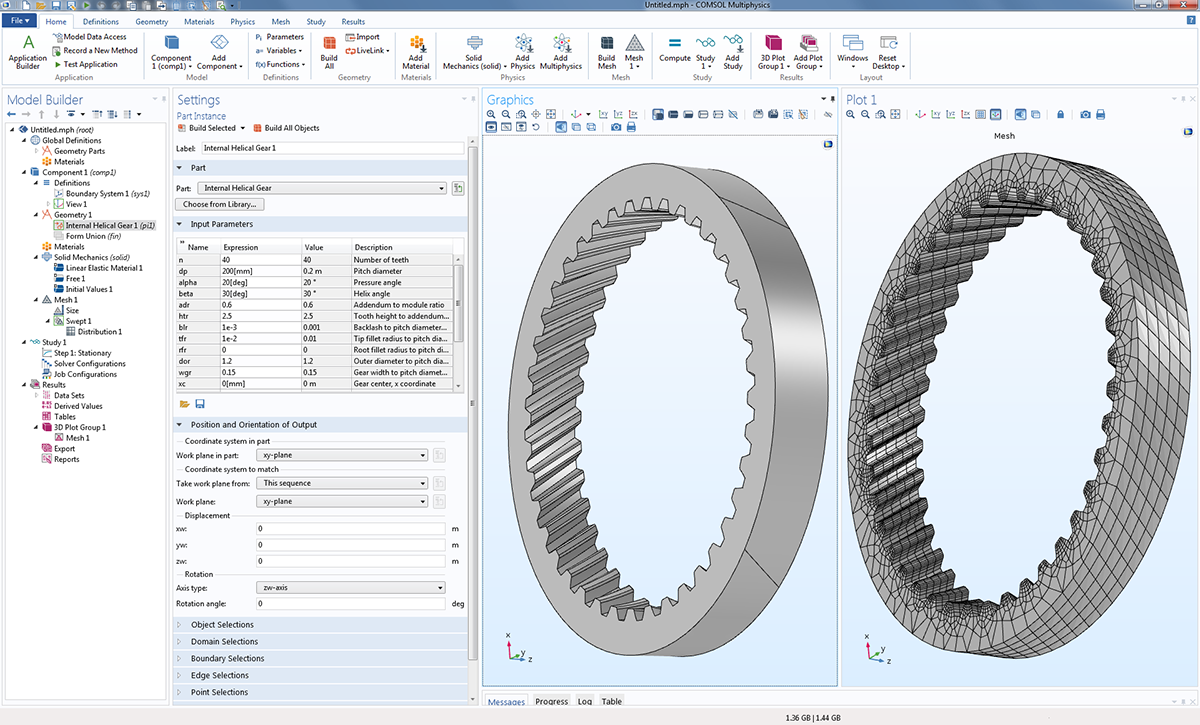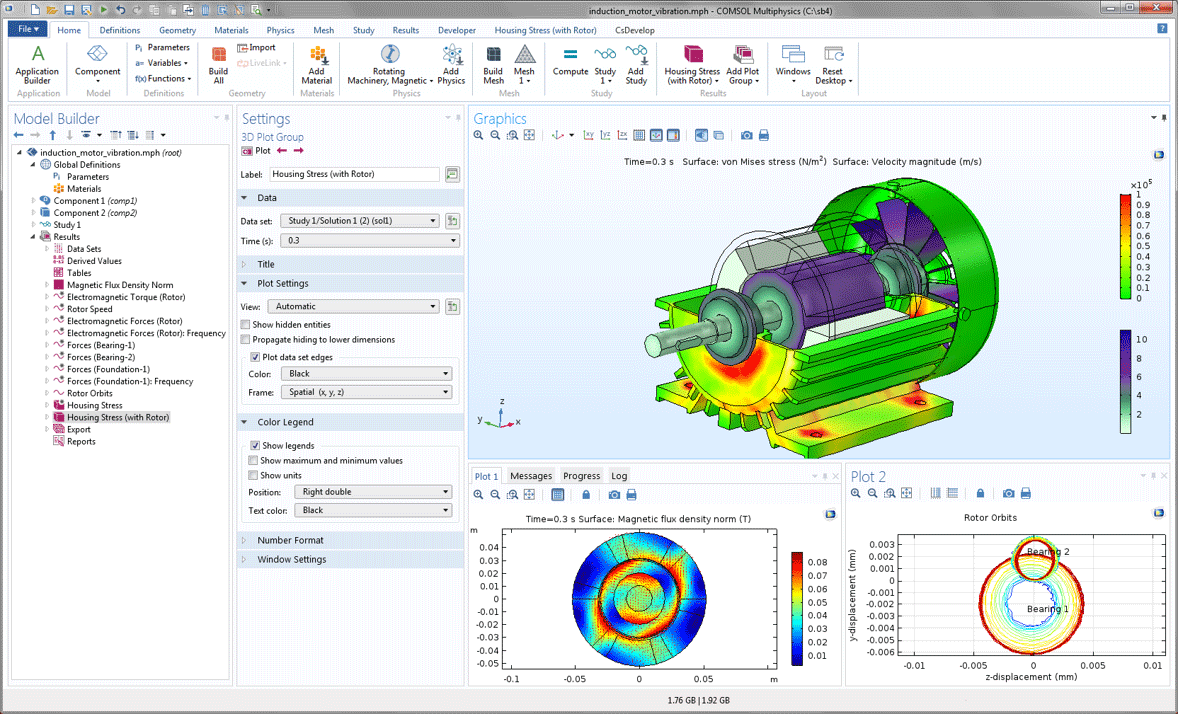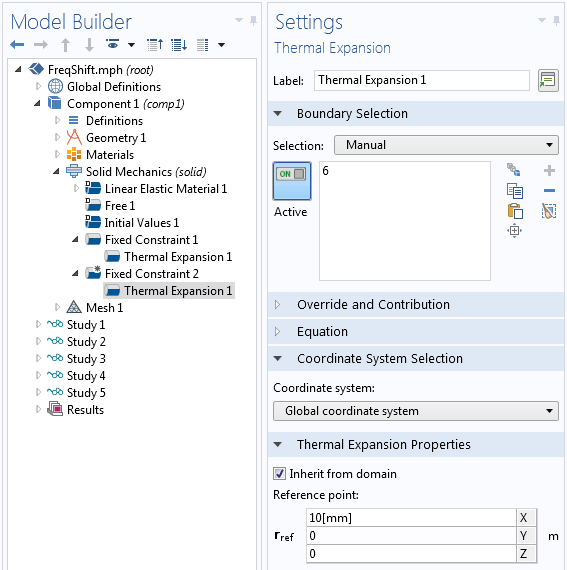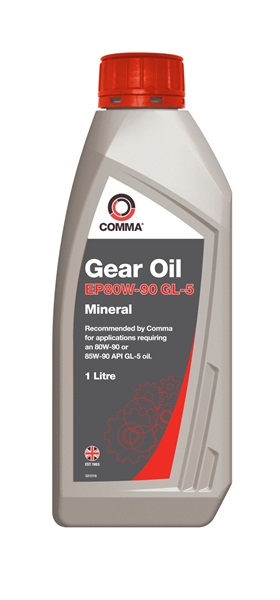

The complete method below (with line numbers added and text strings in red) shows how to do this.

So, we need to add a bit of logic to make sure that our 1000 holes are actually inside the cheese. We also need to keep in mind that Emmentaler cheese has a natural rind within which no holes form. Let’s say that we want 1000 holes randomly distributed throughout the cheese that each have a random radius between 0.1 cm and 1 cm. We want to use this class, along with a little bit of extra code, to set up a specified number of randomly positioned and sized holes within the model of the wheel of cheese. Within a method, you can call standard Java® classes, such as the Math.random class, which returns a double-precision number greater than or equal to 0.0 and less than 1.0. Creating a Random Set of Geometry Features If we want to model the holes, we need to introduce a bit of randomness into our method. Of course, this simple method just creates a cylinder. When we’re working with the Model Builder, we can call this method within any other model file (as long as it doesn’t already have an existing object with tag cyl1 within the geometry sequence) via the Run Model Method button in the Developer tab.
Gear analysis comsol 5.3 code#
The Application Builder showing code for a method used to create a geometry. The object is a cylinder with the tag cyl1, a radius of 40 cm, and a height of 20 cm - a good starting approximation for a wheel of cheese. The screenshot below shows the Application Builder and the method after we record the creation of a single geometry object. You can then switch to the Application Builder and view your recorded method. All operations performed are recorded in this method until you click the Stop Recording button. The Developer tab, showing the Record Method and Run Model Method buttons.Īfter you click the OK button in the Record Method dialog box, you can see a red highlight around the entire graphical user interface.

A model method can be used within the underlying COMSOL Multiphysics model and can operate on (and add information to) the existing model data.

You can enter any string for the method name, while the method type can either be application method or model method.Īn application method can be used within a COMSOL app - a process introduced in this tutorial video. When clicked, this option prompts you to enter a new method Name and Method type. When you’re running COMSOL Multiphysics® version 5.3 on the Windows® platform and working with the Model Builder, you will now see a Developer tab in the ribbon, as shown in the screenshot below. Let’s find out how… Introducing Methods in COMSOL Multiphysics® We can build this randomized geometry in COMSOL Multiphysics version 5.3 using the new method functionality. We want to include a randomly distributed set of holes within the cheese, with a random hole radius between some upper and lower limit on the radius. Instead, we will simply set up a model of the cheese, as shown in the image above. It turns out that the reasons for the holes in Swiss cheese are quite complicated, so we aren’t going to try to model the hole formation itself. A master cheesemaker might joke that it’s really the holes that add the flavor, so if we’re going to build a good COMSOL Multiphysics model of a wheel of cheese, we need to include the holes.Ī model of Emmentaler cheese, with randomly positioned and sized holes. Let’s take a look at how to do so with a tasty example.ĭetermining the best cheese in the world is a hotly contested task, but I’ll go ahead and add my opinion: a good Emmentaler cheese is hard to beat. With the release of version 5.3, we can now create random geometries using a method. In such cases, we may want to create a random geometry in the COMSOL Multiphysics® software. Have you ever wanted to include a randomly created geometry in your model? Perhaps you want to simulate a natural material or an arrangement of parts that has some known statistical distribution of dimensional variations.


 0 kommentar(er)
0 kommentar(er)
